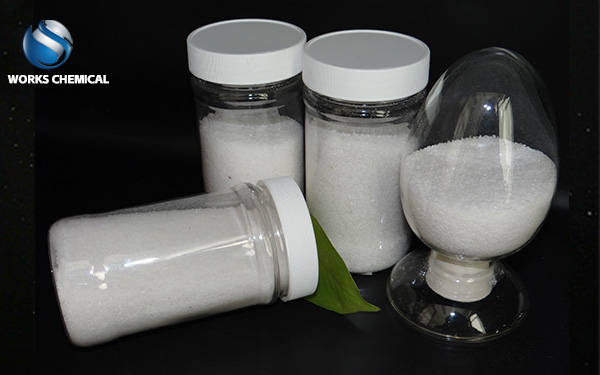
In the process of sewage treatment, sludge dewatering has always been a major problem plaguing the industry. The high moisture content, complex composition structure and poor dewatering performance in sludge not only increase the treatment cost, but also cause great inconvenience to subsequent disposal. The emergence of sludge enhancers has brought a glimmer of hope for solving this series of problems.

There are numerous challenges in sludge dewatering. Firstly, most of the sludge particles carry a certain charge, which leads to poor dewatering performance and makes it difficult to effectively separate water. Secondly, traditional water treatment chemicals such as polyacrylamide and polyaluminium chloride not only have high usage costs but also seriously corrode sludge dewatering equipment and clog filter cloths, affecting the normal operation and service life of the equipment. Furthermore, sludge from many industries, such as that from slaughterhouses, is extremely difficult to dewater due to its high organic matter content, resulting in low production efficiency and an inability to meet the demand for output. In addition, the sludge from urban sewage treatment plants has a strong affinity for water, making dewatering difficult and causing many troubles for subsequent treatment and disposal. Moreover, traditional treatment agents require the addition of lime to achieve dewatering effects, which in turn can lead to equipment corrosion, ammonia gas release, and poor working conditions.
In the face of these challenges, sludge enhancers have demonstrated powerful problem-solving capabilities. It is a chemical agent that can change the surface structure of sludge, reduce the solid surface load of sludge, lower the specific surface area of sludge, and destroy the structure of bacteria. Its main components include inorganic compounds, sludge surface structure modifiers, degreasing agents, and cell wall disruptors, etc.
From the perspective of cost, the dosage of sludge enhancers is small and the cost is low. According to relevant process experiments, the dosage is only 3-4%, and the cost generated only accounts for 40% of the original sludge reduction agent cost, significantly reducing the treatment cost and solving the problem of high cost of traditional chemicals.
In terms of efficient dewatering, sludge enhancers can break through the bottleneck of sludge dewatering and achieve efficient concentration and dewatering. Taking a slaughterhouse in Hebei Province as an example, after using this agent, the filtration efficiency was increased by three times, and the sludge-water stratification was rapidly achieved. The sludge intake increased, and the sludge moisture content dropped from 80% to 60%, effectively solving the problems of difficult dewatering of high-organic sludge and low production efficiency.
Meanwhile, the sludge enhancer, in combination with the plate and frame sludge press, can reduce the sludge moisture content from over 90% to 40%-60%. Under the combination of high-pressure feeding and high-pressure pressing, the pressing time can be shortened, production efficiency can be improved, the frequency of filter cloth replacement can be reduced, operating costs can be saved, and the problems of low dehydration efficiency and high equipment wear and tear can be solved.
For the sludge from urban sewage treatment plants, sludge enhancers replace traditional water treatment chemicals by altering the surface structure of the sludge and other means. The water-releasing agent it contains can completely break the cell walls and release the water in the organic matter of the sludge. The separating agent makes the sludge flocs aggregate, achieving the separation of sludge and water. The liquid framework improves the subsequent dewatering process, ensuring smooth water permeability and no clogging of filter materials, reducing equipment wear and maintenance, and improving work efficiency. It can also add a promoter to the subsequent drying disposal process to enhance the drying efficiency. It has solved the problems of difficult dewatering of urban sludge and troublesome subsequent treatment.
In addition, traditional water treatment agents require the addition of lime, while sludge enhancers do not need to do so. They will not corrode equipment or clog filter cloth, which is conducive to the subsequent incineration, brick-making and composting of sludge. After conditioning, the pH of the sludge is 8.0, reducing the release of ammonia gas, and there is no lime powder dust. This ensures the working environment and the health of employees, and solves the problems such as equipment corrosion, environmental pollution and health risks caused by traditional chemicals.
In conclusion, the sludge enhancer, with its unique composition and outstanding performance, has comprehensively solved various problems encountered in the sludge dewatering process from multiple aspects such as cost, efficiency, equipment protection, and subsequent treatment, bringing efficient, economical and environmentally friendly solutions to the sludge treatment industry and promoting sludge treatment technology to a new height.